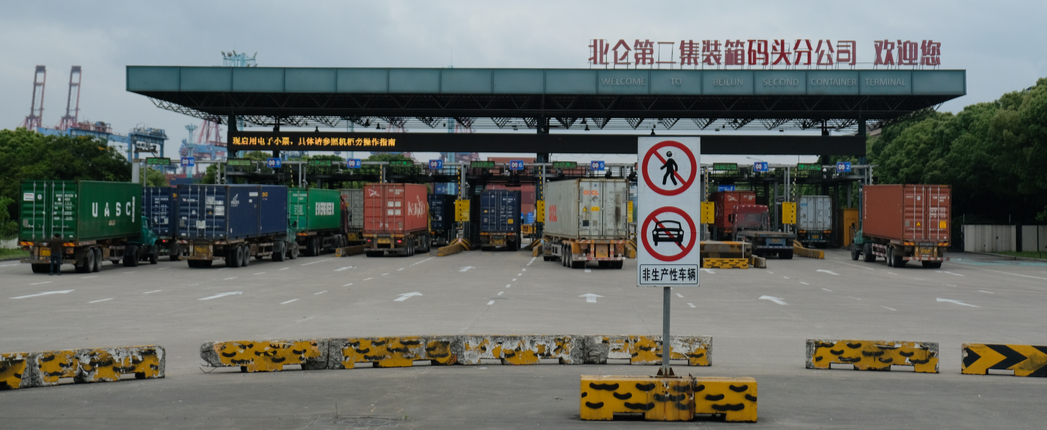
China is one step closer to launching its own diesel engine oil specification – D1 – after an industry committee in the country endorsed it at the end of September. Developers say they intend to write a full slate of domestic specs to replace the foreign specs that China’s markets now follow.
D1 includes four engine tests conducted on engines from four different Chinese original equipment manufacturers. The CA6DM3 test for oil performance under high temperatuers is performned on an engine from FAW Group. The DCI11 test for wear protection and resistance to soot deposits is conducted on an engine from Dongfeng Motor. Weichai Power contributed an engine for the WP13 test for alkalinity and wear resistance, while the 2.0CTI test for performance under fuel dilution uses an engine from JAC.
The specification, which took five years to complete, was developed by the Chinese Lubricant Standardization and Approval Committee (CLSAC) and approved by the Petroleum Products and Lubricants Standardization Administration.
“The approval speeds up our work on finishing D1, which is expected to be filed for approval in early 2022,” Yang Guofeng, deputy secretary-general at the Shanghai-based Chinese Society for Internal Combustion Engines, which is working with CLSAC on the specs, told Lube Report Asia.
Next, he said, they will work on specs for oils used in gasoline-powered engine. Eventually, all oil specs for internal combustion engines will be localized.
“Eventually China will have its own engine oil specs, which makes sense because China as a major vehicle market and a huge lube supplier cannot always use other countries’ oil specs,” Yang said.
China’s market for heavy-duty diesel engine oils is currently dominated by products labeled as meeting API CI-4, which was developed by the American Petroleum Institute for the North American market and introduced there in 2002. Yang said China urgently needs its own specs given differences in engine designs and emissions standards between the United States and China.
For example, the engines selected in the United States for oil testing methods are major U.S. OEMs, including Cummins, Mack and Caterpillar, but those companies are not major players in China. Also, while exhaust gas recirculation systems have been widely adopted by American heavy-duty engine manufacturers, they are not prevalent in China, according to the CLSAC.
“And apparently CI4-complying engines don’t meet the latest China emission standards,” Yang said. “Oils produced for such engines will have to change formulas to pass our tests.” These lubes, he added, often failed in tests, like anti-oxidation and piston deposits, but oils complying with API CJ-4 or CK-4 specs should not have issues to pass these tests.
The China VI emission standard took effect nationwide in July for heavy-duty vehicles, which means new trucks complying with the previous standard may no longer be sold in China. China VI is said to be slightly stricter than Euro 6 standards.
Yang said that it could take up to two years for Chinese blenders to adopt the China testing methods.
“Blenders are used to API specs,” he said. “They need some time to get familiar with China specs.”
Cost is one incentive to speed up the adoption.
“Running China tests costs only half as much as running API tests,” Yang said.